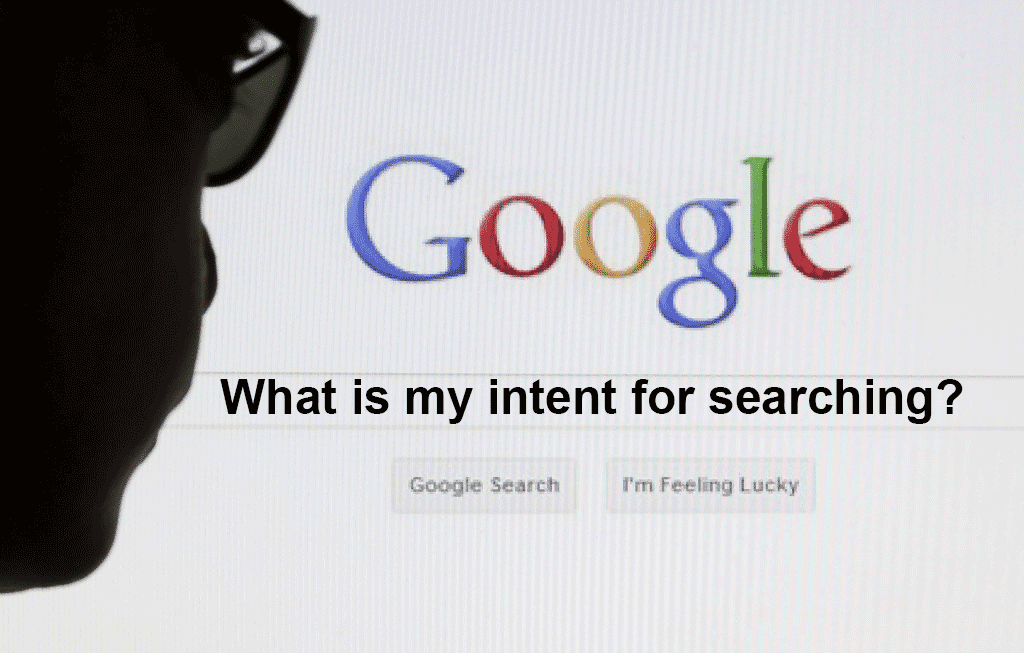
In India there is a famous Bollywood song sung by the legendary Kishore Kumar: Hum the wo thi aur sama ranged samajh gaye na? Jaate the Japan pahunch gaye cheen samajh gaye na?
Roughly translated, it means, I was there, and she was there, and the weather was magical, but, while trying to reach Japan, we reached China (means, I meant to say something else, but I said something else).
The second expression of the song, trying to reach Japan but reaching China, often happens in SEO, and due to faulty content writing.
When writing content for SEO, it is very important to understand the user intent: exactly why a person is using a search term to find information he or she is looking for.
If you haven’t optimized for the right search terms, you may get lots of traffic, but the traffic won’t convert, and then you will wonder why it’s not happening.
It’s like, you run an art gallery where people should come and buy, but they think it is a museum, so they simply visit, admire the art, and leave.
There was a time when the sole purpose of search engine optimization was increasing traffic.
Businesses even used banners with animated monkeys and asking users to click on the monkey and then when people clicked on it, they were taken to a website. Such was the level of directionlessness and desperation.
As the dust settled and “SEO experts” as well as website owners realized that more traffic didn’t necessarily mean more business, greater stress was laid on conversion.
Understanding user intent and then writing content accordingly, is the best way of improving your conversion rate.
In terms of SEO, what is user intent?

What is the intention of the user? Why is he or she using the search engine at this very moment?
Is he or she looking for information to increase general knowledge or he or she is looking for something to buy?
Suppose, someone searches for “content writing”.
Now, merely by looking at the phrase “content writing” you cannot make out whether someone looking for this term wants to learn about content writing, is researching about the topic, or looking for a content writing service?
If someone searches for “what is content writing” it is clear that the person wants to know what the term means.
If someone searches for “content writing services” it becomes clear. The person is looking for a content writing service.
If someone searches for “how to set up a content writing service” the intent is completely clear. The person wants to learn how to set up a content writing service.
If a person searches for “content writing service for my web design business”, again, the intent is completely clear. This person is looking for a content writing service for his web design business.
This HubSpot blog post explains the concept of understanding the user intent with the example of a pizza. The author is a Google rater. The author explains how to use the experience of a Google rater to understand the importance of user intent and then create content accordingly.
Recommended reading: How to write content for Google’s human quality raters
How to understand user intent for your own business?
The same way: don’t go for general terms. When writing content for your business, focus on longtail keywords.
Recommended reading: How to incorporate longtail keywords into content writing
Writing your content according to longtail keywords makes user intent as clear as it gets.
Think from your own point of view. When you are searching on Google, you want to find the most appropriate information for your search.
To make sure that you find the right information, you submit a search query that is as precise as possible.
Recently my wife wanted to find a sofa repair service in the neighbourhood. It wouldn’t have been much helpful if she had simply searched for “sofa”, or “repairing sofa” or “sofa repair” or, totally skipping sofa and searching “repair service”.
She searched for “sofa repair service in Indirapuram”. Although the listing that she found was from JustDial.com, it is the most appropriate query for the job and hence, if you are a sofa repair service that wants to attract customers in Indirapuram you must target for this search term. Here, the user intent is as clear as it can be.
For your business, instead of going for generic keywords, go for the exact product or service, or the exact feature your target customer or client should be looking for.
If you are an interior design company, it would be nice if you could manage to get yourself listed on Google’s first page for the search term “interior design company”.
Realistically it might not be possible considering there might be thousands of interior design companies vying for the same position.
Instead, aim for something like “interior design company in LA” or, “interior design agency in LA” or, “interior design company for residential complexes” or, “interior design company for my reception area” – try to understand the user intent and then create/write the content accordingly.
Here is that song, very hilarious.
